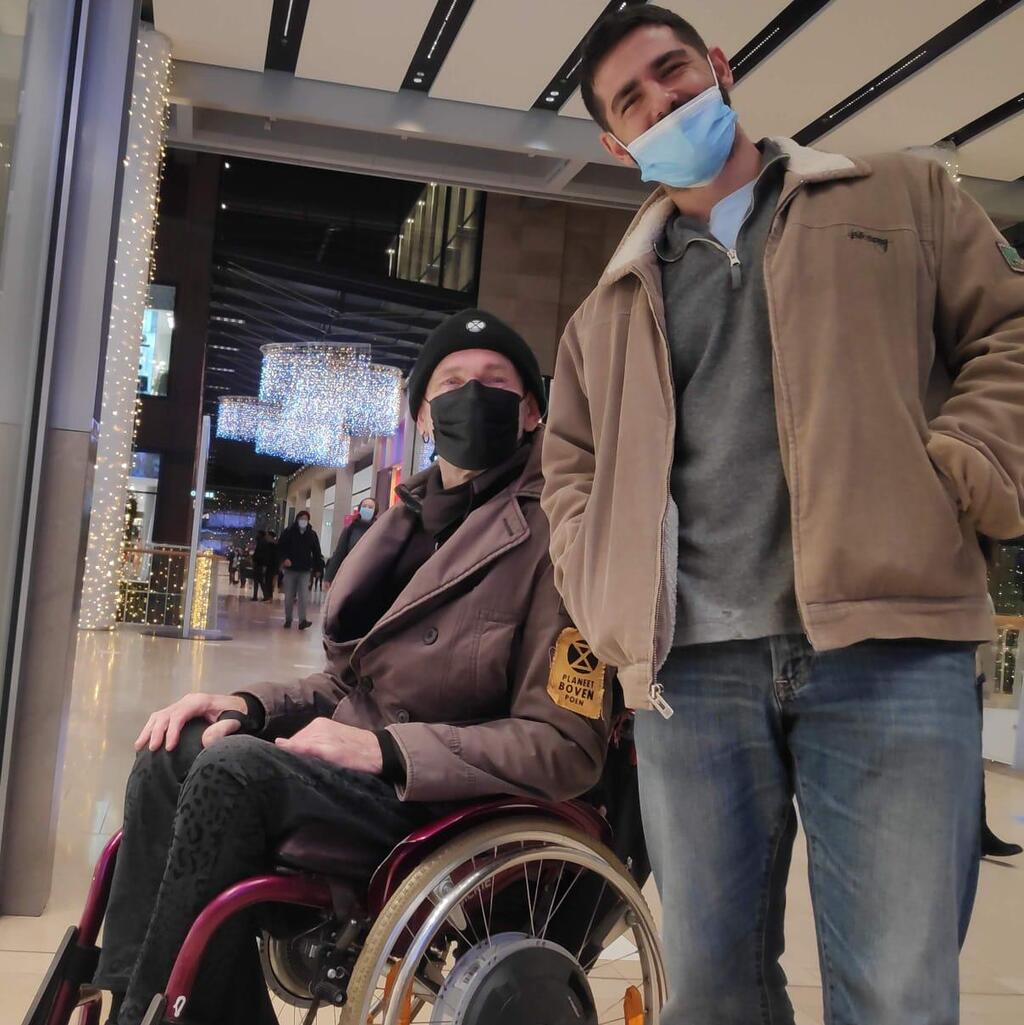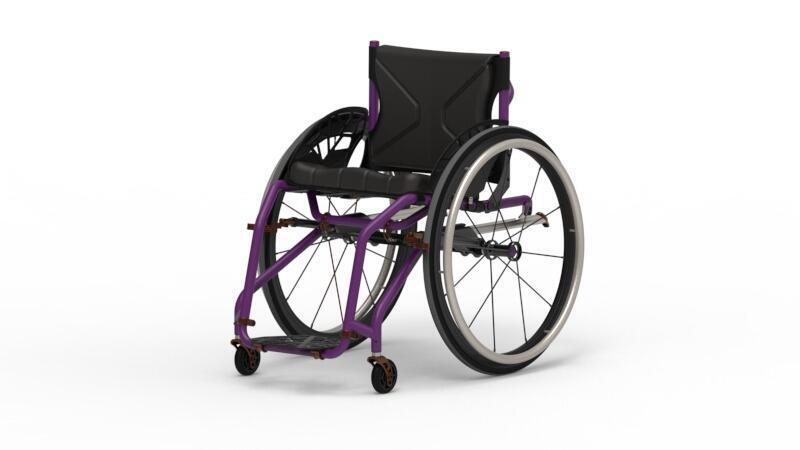"As the son of a father who has used a wheelchair for as long as I can remember, I have witnessed firsthand the challenges and toll that seemingly simple, everyday tasks take on his body. Many people do not understand the complexity and advance planning required for every action, whether it is getting into the shower or moving from the wheelchair to the bed, all while constantly fearing that something might go wrong in the process."
Hans, father of Dean de Groot, 33, has been disabled for many years due to a muscular dystrophy condition. Dean had a childhood dream: to create an advanced wheelchair solution that would ease his father's life.
"Entering and exiting a wheelchair are physically damaging and exhausting tasks for users due to the fixed nature of wheelchair components," Dean explains. "To move from a wheelchair to a sofa, another chair, a bed or a toilet, users must perform a 'jump' that can lead to a loss of balance and friction against the wheel, potentially causing the chair to tip forward. This process involves a significant physical effort.
"Many people fear falling because of the 'jump' they are forced to make multiple times a day, leading them to avoid performing daily activities independently and becoming dependent on caregivers," he adds.
Despite this pervasive and significant problem, current developments in the field of accessibility focus on manufacturing technologies, ergonomics and appearance. Until now, a practical solution for the problem of transitioning between seating positions has yet to be invented.
Recently, as part of his final project in the Department of Industrial Design at Hadassah Academic College in Jerusalem, Dean succeeded in creating a wheelchair that significantly eases the exhausting process of transitions while maintaining the chair's existing features and functionality. "The chair allows for the temporary removal of the side wheels, which are the main obstacle when moving from the chair to another seating area," Dean explains.
The unique project has received much acclaim, and with the help of the college's innovation center, the Blender, Dean's project is now in the process of obtaining a patent. It has also become a venture sponsored by ALYNnovation, the innovation center at ALYN Hospital, a pediatric and adolescent rehabilitation facility in Jerusalem. The project is seeking investors and collaborations with other industry stakeholders.
"I really hope my father will get to use this development, and that I'll see him more independent and living a comfortable life as he deserves," says Dean. "I never felt different because of my father's disability, nor did I feel that he was different. He never behaved differently either.
"What mainly affected me was not his disability but the physical deterioration and the challenges he had to quietly and uncomplainingly face every day," he continues. "I guess this exposure gave me a different perspective on life and taught me how to tackle challenges and find the best solutions for them."
"I am very proud of him and his work. He has a technical talent that allows him to solve problems from a completely different angle," says Hans. "I am very happy that this is what he chose to do. This is a groundbreaking invention for me, addressing the biggest issue I have with the wheelchair—the obstacle of the rear wheels, which prevent me from making the transition from the chair to another seating area.
"Until now, I haven't encountered anything similar to what Dean has created, and I know this will improve the lives of many people who need it."



